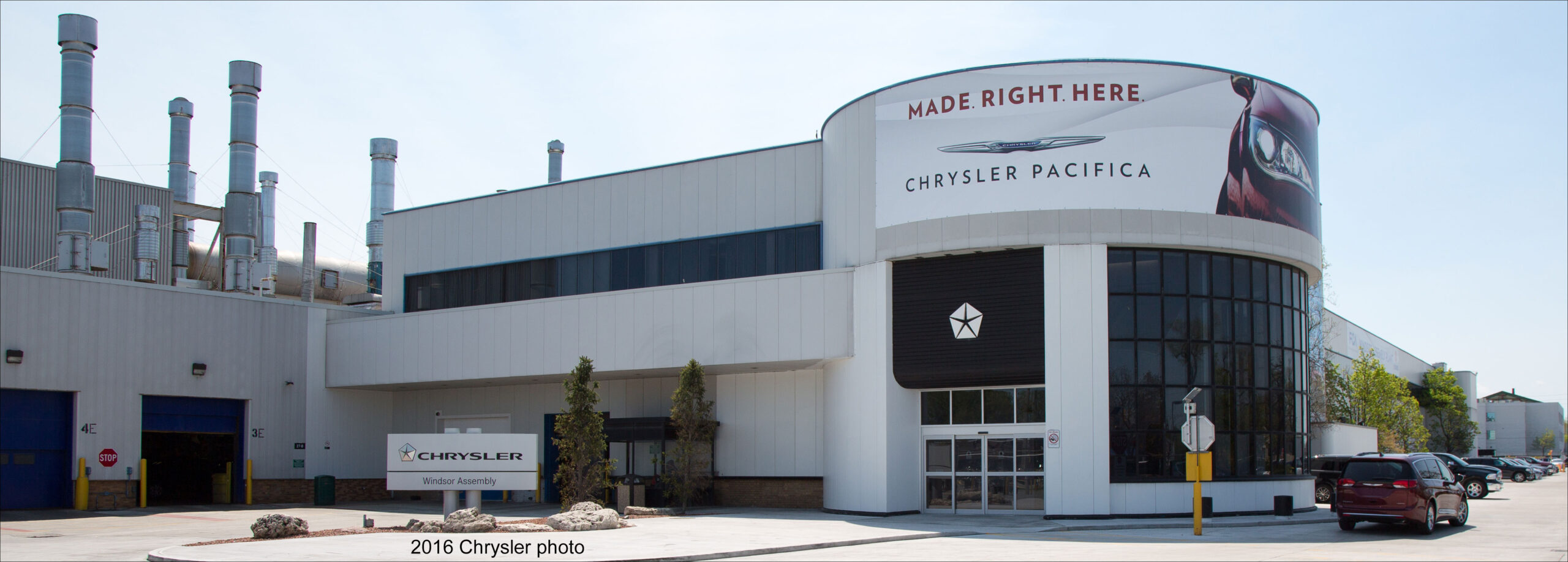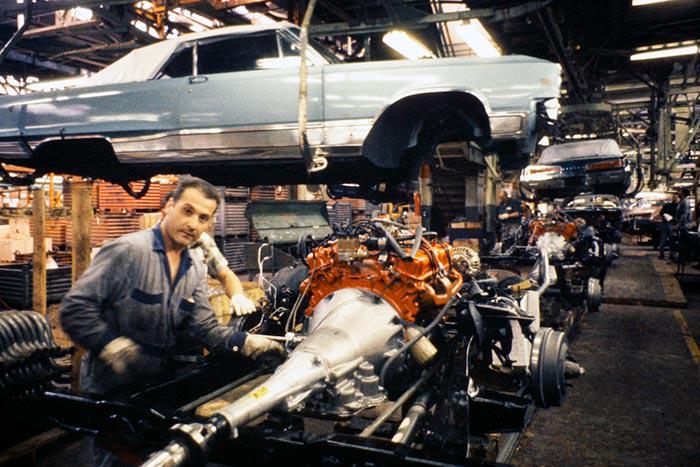Yesterday’s injunction on U.S. import taxes, ordered by three judges (two Republicans, one Democrat), has already been stayed by an appeals court.
Import taxes, often called tariffs, are charged to buyers within the country charging them, acting as a sort of country-specific sales tax. Currently they are set to 25% for the United States’ closest allies, 10% for most other countries, and 0% for Russia. The Court of International Trade ruled on April 2 that the current set of import taxes are illegal.

A second American court also ruled that the import taxes were illegal but gave the government time to appeal.
The Constitution only gives taxation power to Congress, but the International Economic Emergency Powers Act gives the President the power to do temporary taxes, which Congress must review in 30 days. Congress recently declared that the rest of 2025 counts as a single day to avoid reviewing the added taxes.
Trump claimed that the taxes were needed to stop fentanyl traffic, though the amount of fentanyl coming in from most countries is quite small—in Canada’s case, a fraction of the amount of fentanyl smuggled out of the United States into Canada.
The three-judge panel which ruled Trump’s new taxes to be illegal were hearing a case brought by five businesses and twelve states.
Stellantis has recently spent billions of dollars setting up plants in Canada and Mexico to make new STLA Large and Medium cars, which are instrumental in FCA US’ recovery. However, import taxes of 25% would make cars made in Canada and Mexico uncompetitive, leading Stellantis to indefinitely pause development of a new Jeep Compass for the United States and renovation of the former AMC factory in Brampton which would make it. The company is unlikely to invest billions of dollars in moving production to the United States, but may have to do just that—or import cars from a country with a lower tax. This is a risky investment, since the import taxes have been highly variable, and any investments would take over a year to start producing vehicles.

Maxwell, then Chrysler, then DaimlerChrysler, then Chrysler, then Fiat Chrysler, then Stellantis have made cars in Windsor, Ontario, for over a century. Before the Auto Pact allowed for free flow of cars across the border, Chrysler made a full range of cars in the Windsor complex for sale in Canada and abroad; the number of Chrysler’s Ontario factories dwindled after the Auto Pact as the main plant specialized in minivans and the van, truck, and engine plants shut down, relying on American production. It is unlikely that Canadian production will return to relatively inefficient full-line production at Windsor, since the country is already setting up free trade deals with Europe, China, Japan, and South Korea.

David Zatz started what was to become the world’s biggest Mopar site (Allpar) in 1994. After a chemo-induced 2007-2010 break, during which he wrote car books covering Vipers, minivans, and Jeeps, he returned with Patrick Rall to create StellPower.com for daily news, and to set up MoTales for mo’ tales (Chrysler history and “permanent” car and truck pages). He most recently wrote Century of Chrysler, a 100-year retrospective on the marque.
Discover more from Stellpower - that Mopar news site
Subscribe to get the latest posts sent to your email.